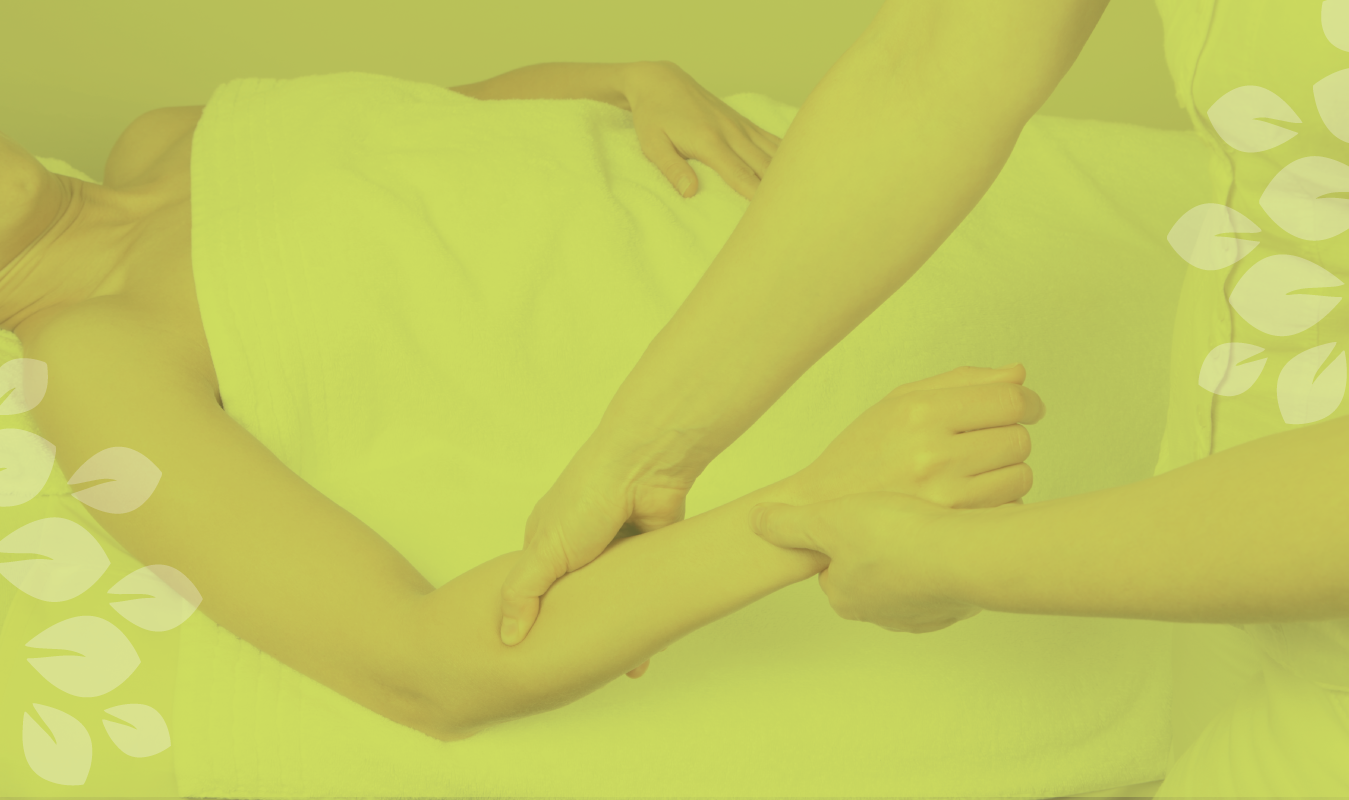30 Nov Osteopathy and Pelvic Girdle/Symphysis Pain
Are you experiencing pelvis girdle pain (PGP) or symphysis pubic dysfunction (SPD)? What is pelvic girdle pain?
The pelvis is a ring of bones in your body around the base of your spine. PGP is pain in the front of and/or the back of your pelvis that also can affect your hips or thighs. It can also produce pain in the sacroiliac joints at the back or the symphysis pubis at the front. PGP (according to the Royal College of Obstetricians & Gynaecologists, June 2015) 1 in 5 pregnant women will experience PGP at some time during their pregnancy and early diagnosis and treatment can alleviate your pain. . Treatment is safe for PGP at any time during pregnancy.
What causes PGP / SPD?
There are 3 joints that work together and move slightly during activity. During pregnancy, a hormone called relaxin softens the ligaments surrounding your pelvis to prepare for birth. This increases the flexibility of the 3 joints widening the pelvis and increasing the strain on the pubic ligaments. Relaxing of the ligaments is not the only reason for pubic symphysis pain. Other reasons can include
- Changes in pelvic stability and functioning (weakening pelvic floor muscles, altered and poor hip function,
- Previous pelvic pain or back problems
- Physical strenuous activity beyond what body is able for
- Previous birth difficulties
- Misaligned pelvis before conception
- Underlying joint hypermobility
What are the symptoms of PGP / SPD?
- Pain in the pubic region, lower back, hips, groin or knees
- Clicking or grinding in the pelvic area
- Pain made worse by activity
- Walking on uneven surfaces
- Moving your knees apart, as in getting in or out of car
- Standing on one leg e.g. climbing stairs, dressing, getting in and out of bathtub
- Rolling over in bed
- During sexual intercourse
How is PGP diagnosed?
Tell your Midwife, GP, and Osteopath about your pain. You may be offered by your GP an appointment to see Osteopath. This will involve examination of your back, sacroiliac joints and pubic symphysis joint and pelvis.
How do I relieve the symptoms?
These following simple actions may help
- Keeping active by also include rest
- Standing tall with your bump and bottom tucked in a little
- Changing your position frequently – try not to sit for more than 30 minutes at a time
- Sitting while getting dresses and undressed
- Putting equal weight one leg when standing
- Keep knees together getting in and out of car
- Lie on less painful side when sleeping
- Place pillow between knees when sleeping and pillow under bump for more support
What osteopathy can do for you?
As id common during pregnancy, the hip joints start to rotate outwards to make space for your bump and stabilise pelvis due to increased weight. These extra stresses are placed on pubic symphysis joint.
As bump gets bigger, tummy muscles get longer, thinner and less able to support you, increasing the strain onto your inner leg muscles. These muscles not shorten and tighten and pull on pubic symphysis.
Your osteopath is trained to assess the body and will use gentle techniques to improve joint mobility and ease the pain and improve the supportive muscles and ligaments bring balance back to right and left sides.
Besides, you osteopath will also address any tension or restriction in your body that may have been present before you becoming pregnant and may have influenced your pelvic pain.
Finally your osteopath will restore the balance to your body and maintain this during your pregnancy to make it an easy ans enjoyable experience as possible for you and your baby. Exercises will be recommended and advice of taking strain off your body will be offered.


